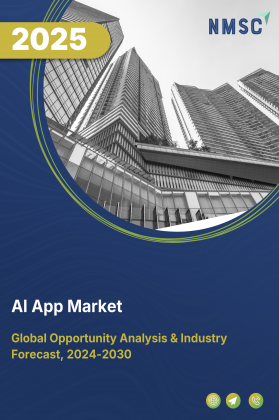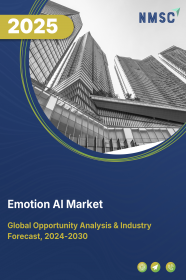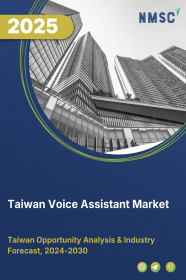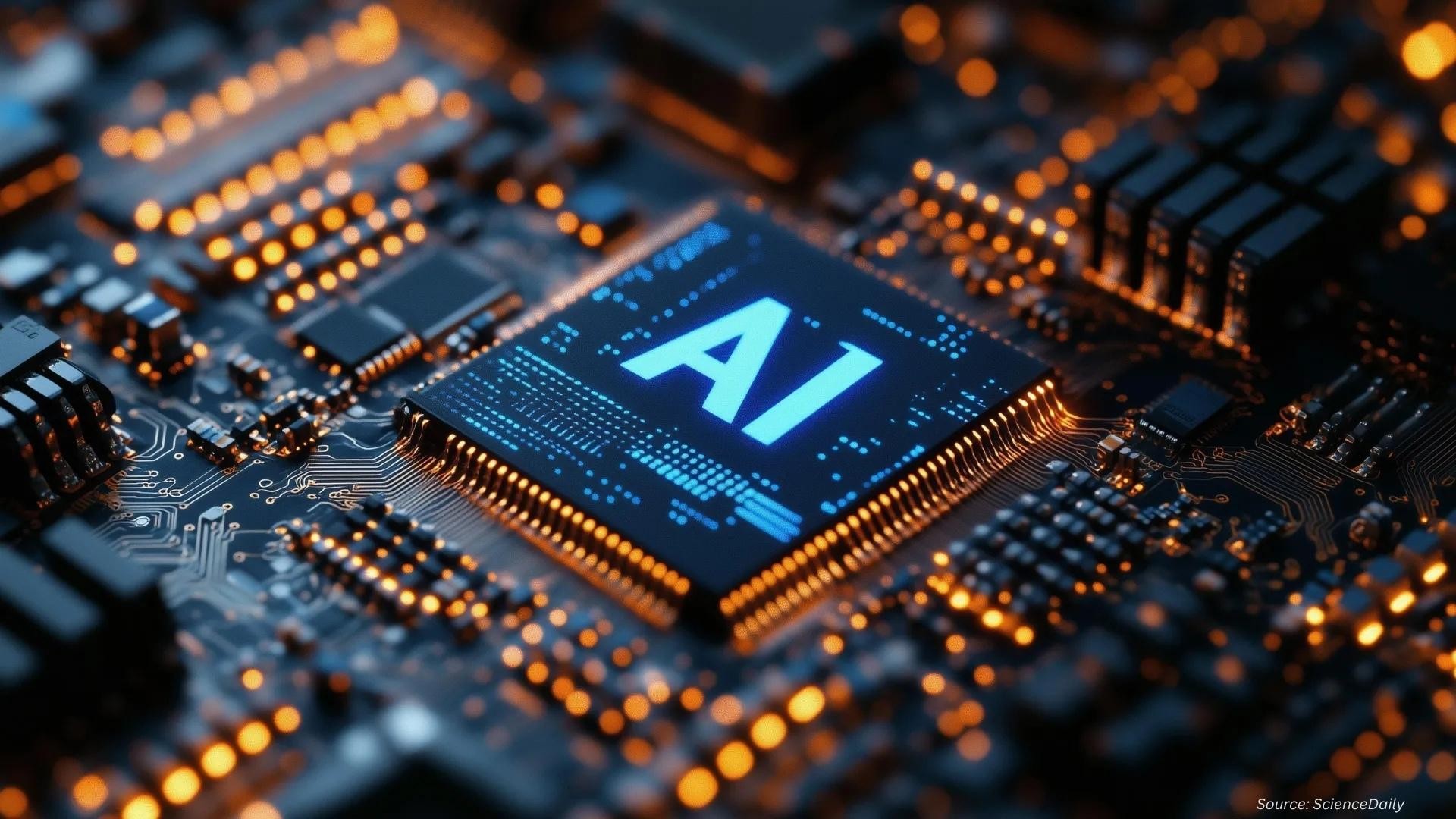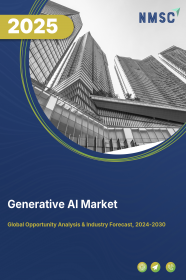
Generative AI Market by Technology (Generative Adversarial Networks (GANs), Variational Autoencoders (VAEs), Autoregressive Models, Flow-based Models, Transformer-based models, Diffusion Networks, and Others), By Deployment (On-premise and Cloud), by Application (Synthetic Data, Chip Design, Material Science, Drug Design, Design of Parts/Components, and Others), and Others – Global Opportunity Analysis and Industry Forecast, 2024-2030
Market Definition
The Generative AI Market size was valued at USD 14.91 billion in 2023 and is predicted to reach USD 213.50 billion by 2030 with a CAGR of 46.3% from 2024 to 2030.
Generative AI refers to a type of artificial intelligence that is focused on generating new content, whether it be text, images, music, or other forms of media. Generative AI models are trained on large datasets and use statistical techniques to generate new content that is similar to the training data. The goal of generative AI is to produce content that is not only new but also believable and coherent.
There are various types of generative AI models, such as Generative Adversarial Networks (GANs), Variational Autoencoders (VAEs), Autoregressive Models, Flow-based Models, Transformer-based models, Diffusion Networks, and others. GANs consist of two neural networks that work together to generate new content. VAEs use an encoder and decoder to generate new data.
Autoregressive models generate data by predicting each subsequent value in a sequence, based on the previous values in the sequence. Flow-based models use invertible transformations to map the input data to a latent space and back. Transformer-based models are used to generate text and use an attention mechanism to focus on different parts of the input data. Whereas, diffusion networks map the input data to a diffusion space, where the data is transformed and evolved over time.
Market Dynamics and Trends
The amount of investment in AI and machine learning, including generative AI, has grown rapidly in recent years, with many large technology companies, venture capital firms, and government agencies investing heavily in the field. Generative AI has the potential to generate new drugs, predict disease progression, and diagnose illnesses. For example, DeepMind's AlphaFold has been used to predict protein structures, which can be useful for drug design and understanding diseases. Owing to such enormous potential, over a billion dollar has been invested in AI-enabled drug discovery and AI software coding alone over the last three years. Such heavy investment is driving the growth of the generative AI market.
Also, a wide range of potential applications of generative AI, across industries and domains such as in intelligent marketing that allows marketers to better understand their consumers and improve their customer experiences while providing a predictive customer analysis, in human resources management, for image, video, music, and audio generation, in natural language processing (NLP), in art and design etc. is expected to create significant growth of the generative AI market.
Generative AI has a wide range of potential applications, from creative arts and entertainment to scientific research and medicine. However, there are also concerns about the potential misuse of generative AI, such as the creation of fake news or deepfakes. This along with high computational requirements, lack of control, data bias, lack of creativity, and limited understanding of context is expected to restrain the growth of the generative AI market to some extent.
On the other hand, generative AI continues to be an active area of research and development, and improvements in the field are being made all the time. For instance, the introduction of AI gaming that offers more interactivity, infinite combinations of stories and landscapes, high-level graphics and visuals, and a more realistic feel is expected to create substantial opportunities for the generative AI market in the coming years.
Market Segmentations and Scope of the Study
The generative AI market is segmented on the basis of technology, deployment, application, end-user, and geography. On the basis of technology, the market is divided into Generative Adversarial Networks (GANs), Variational Autoencoders (VAEs), Autoregressive Models, Flow-based Models, Transformer-based models, Diffusion Networks, and Others. On the basis of deployment, the market is separated into on-premise and cloud. On the basis of application, the market is classified into synthetic data, chip design, material science, drug design, design of parts/components, and others. On the basis of end-user, the market is segmented into automotive, aerospace and defense, media and entertainment, architecture and construction, energy and utility, healthcare, semiconductor and electronics, industrial manufacturing, and other end-user verticals. Geographic breakdown and analysis of each of the aforesaid segments include regions comprising North America, Europe, Asia-Pacific, and Row.
Geographical Analysis
North America holds the lion share of generative AI market and is expected to continue its dominance during the forecast period. This is attributed to the strong and robust healthcare sector in this region that is an early adopter of new technologies including generative AI . Also, the expansion of IT sector in North America, which has numerous applications of generative AI, including automation of problem-solving, managing cybersecurity, and enhancing cloud designs, accelerates the growth of the market in this region.
On the other hand, Asia Pacific is expected to show a steady rise in the generative AI market due to rising prevalence of cardiac disorders that further increases the demand for imaging solutions. Generative artificial intelligence is used in medical devices used for cardiac care and treatment. For instance, in May 2020, Beijing Keya Medical announced that the CFDA (Catalog of Federal Domestic Assistance) approved its imaging solution in cardiac management, which is the first generative artificial intelligence (AI) medical device in China.
Also, the rising use of artificial intelligence software on roadways to avoid barriers in traffic rules is creating significant growth of the generative AI market. As the cameras equipped with generative AI software are placed in busy locations to record video of jaywalkers in the streets and show it on nearby screens. This software builds a map of the face by evaluating different individual identities without error.
Competitive Landscape
Various market players operating in the generative AI market includes OpenAI, NVIDIA, Google, Amazon, Microsoft, Charli AI, Altair Engineering Inc, Ansys Inc, Autodesk Inc and Dassault Systemes SE. These market players continue to adopt various market development strategies including new launches to maintain their dominance in the market. For instance, in November 2022, Charli AI launched a new generative AI platform called Ancaeus.
The Ancaeus is a cutting-edge AI platform that can identify, comprehend, and apply information taken from millions of pieces of content to provide insights, spreadsheets, presentations, and well-written natural language. Also, in October 2022, Adobe launched creator-centric artificial intelligence, which is a generative AI based technology on its Adobe creative tools such as Lightroom, Adobe Express, and Photoshop. This allows consumers to modify their images and videos in certain ways such as create unique text effects, change a daytime scene to nighttime, change shadows and other details.
Key Benefits
-
The generative AI market report provides the quantitative analysis of the current market and estimations from 2023 to 2030. This analysis assists in identifying the prevailing market opportunities to capitalize on.
-
The study comprises of a detailed analysis of the generative AI trends including the current and future trends for depicting the prevalent investment pockets in the market.
-
The information related to key drivers, restraints, and opportunities and their impact on the generative AI market is provided in the report.
-
The competitive analysis of the market players along with their market share in the generative AI market is mentioned.
-
The SWOT analysis and Porter’s Five Forces model are elaborated in the study.
-
The value chain analysis in the market study provides a clear picture of the stakeholders’ roles.
Key Market Segments
By Technology
-
Generative Adversarial Networks (GANs)
-
Variational Autoencoders (VAEs)
-
Autoregressive Models
-
Flow-based Models
-
Transformer-based models
-
Diffusion Networks
-
Others
By Deployment
-
On-premise
-
Cloud
By Application
-
Synthetic Data
-
Chip Design
-
Material Science
-
Drug Design
-
Design of Parts/Components
-
Others
By End-User
-
Automotive
-
Aerospace and Defense
-
Media and Entertainment
-
Architecture and Construction
-
Energy and Utility
-
Healthcare
-
Semiconductor and Electronics
-
Industrial Manufacturing
-
Other End-user Verticals
By Geography
-
North America
-
U.S
-
Canada
-
Mexico
-
-
Europe
-
Germany
-
France
-
Spain
-
Italy
-
United Kingdom
-
Russia
-
Sweden
-
Rest of Europe
-
-
Asia-Pacific
-
China
-
India
-
Japan
-
South Korea
-
Indonesia
-
Singapore
-
Rest of Asia-Pacific
-
-
Rest of World
-
UAE
-
Brazil
-
South Africa
-
Israel
-
KSA (Kingdom of Saudi Arabia)
-
Turkey
-
Remaining Countries
-
Key Players
-
OpenAI
-
NVIDIA
-
Google
-
Amazon
-
Microsoft
-
Charli AI
-
Altair Engineering Inc
-
Ansys Inc
-
Autodesk Inc
-
Dassault Systemes SE
REPORT SCOPE AND SEGMENTATION:
|
Parameters |
Details |
|
Analysis Period |
2023–2030 |
|
Base Year Considered |
2023 |
|
Forecast Period |
2024–2030 |
|
Market Size Estimation |
Billion (USD) |
|
Market Segmentation |
By Technology (Generative Adversarial Networks (GANs), Variational Autoencoders (VAEs), Autoregressive Models, Flow-based Models, Transformer-based models, Diffusion Networks, Others) By Deployment (On-premise, Cloud) By Application (Synthetic Data, Chip Design, Material Science, Drug Design, Design of Parts/Components, Others) By End-User (Automotive, Aerospace and Defense, Media and Entertainment, Architecture and Construction, Energy and Utility, Healthcare, Semiconductor and Electronics, Industrial Manufacturing, Other End-user Verticals) |
|
Geographical Segmentation |
North America (U.S., Canada, Mexico) Europe (Germany, France, Italy, Spain, United Kingdom, Russia, Sweden, Rest of Europe), Asia-Pacific (China, India, Japan, South Korea, Indonesia, Singapore, Rest of Asia-Pacific), Rest of the World (UAE, Brazil, South Africa, Israel, KSA (Kingdom of Saudi Arabia), Turkey, Remaining Countries) |
|
Companies Profiled |
OpenAI, NVIDIA, Google, Amazon, Microsoft, Charli AI, Altair Engineering Inc, Ansys Inc, Autodesk Inc, Bentley Systems Incorporated, Dassault Systemes SE, Adobe, Diabatix, MSC Software Corporation, Ntopology Inc, 3D Verkstan |




















 Speak to Our Analyst
Speak to Our Analyst



